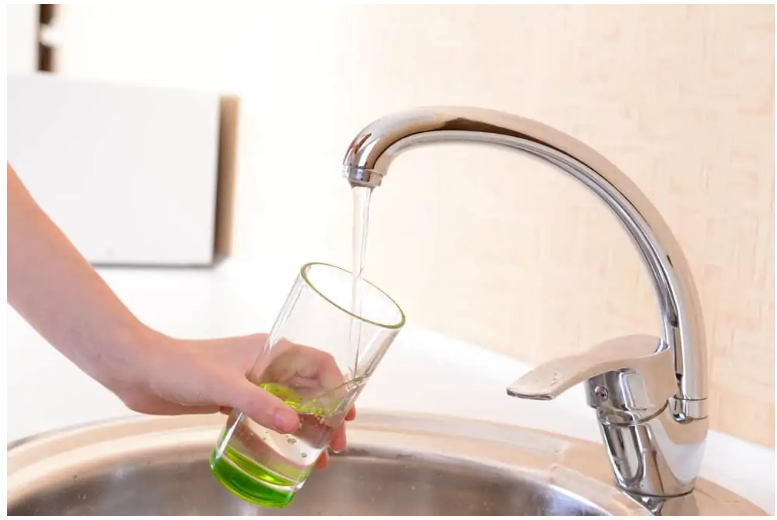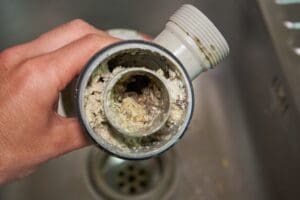Listed here in the next paragraphs you can find more excellent details on the subject of 9 Reasons for Low Water Pressure in Your House.

Low water pressure in your home can be an irritating problem, impacting whatever from showering to washing meals. If you're experiencing weak water circulation, there are numerous feasible reasons and solutions to explore. In this overview, we'll discuss common reasons for low water pressure and useful steps to attend to the problem successfully.
Intro to Low Tide Pressure
Low water pressure happens when the flow of water from your faucets, showers, and other fixtures is weak than usual. This can make everyday jobs more challenging and much less effective. Comprehending the root causes of low water stress is crucial to finding the right remedy.
Typical Reasons For Low Water Pressure
Faulty Stress Regulatory Authorities
Pressure regulators are responsible for preserving constant water pressure in your house. If they malfunction, it can lead to low water pressure or irregular circulation throughout your home.
Local Water System Issues
Occasionally, the trouble lies outside your home. Metropolitan water supply concerns, such as main line leaks or maintenance work, can momentarily lower water pressure in your area.
Pipeline Obstructions
Gradually, pipes can become obstructed with natural resource, debris, or debris, limiting the circulation of water. This is a common issue in older homes with galvanized steel pipelines.
Rust
Corrosion within pipes can lead to leaks and reduced water pressure. Corrosion accumulation can tighten water flow, particularly in maturing plumbing systems.
Exactly How to Detect Low Water Stress
Examining Pipelines
Examine noticeable pipes for indicators of leaks, deterioration, or blockages. Focus on any unusual audios, such as knocking or rattling pipelines, which could suggest concerns within the plumbing system.
Consulting with a Plumber
If you're unable to identify the cause of low water pressure, think about working with a professional plumber to carry out a thorough assessment. They can recognize underlying issues and recommend appropriate services.
Inspecting Taps and Components
Beginning by evaluating the water pressure at different taps and fixtures throughout your home. If the issue is isolated to particular locations, it might show local troubles.
DIY Solutions to Take Care Of Low Tide Stress
Flushing Hot Water Heater
Debris build-up in the hot water heater can limit flow and decrease efficiency. Flushing the tank regularly assists eliminate sediment and maintain ideal performance.
Inspecting Stress Regulatory Authority
Ensure that the stress regulatory authority is functioning appropriately. Adjusting or replacing the regulator can aid restore proper water pressure throughout your home.
Cleaning Aerators and Showerheads
Mineral deposits can build up in aerators and showerheads, decreasing water flow. Eliminate and cleanse these components on a regular basis to boost water pressure.
Cleaning Clogs in Water Lines
For small clogs, try using a plumbing serpent or chemical drainpipe cleaner to clear obstructions in pipelines. Beware when using chemicals and follow security guidelines.
When to Call a Professional Plumber
If do it yourself initiatives fail to deal with the issue or if you believe considerable plumbing problems, it's ideal to seek support from a licensed plumber. They have the knowledge and devices to attend to complicated issues securely and successfully.
Preventive Measures to Keep Water Pressure
Mounting a Pressure Booster
Take into consideration setting up a stress booster pump to improve water pressure in areas with consistently reduced flow. This can be particularly advantageous for multi-story homes or residential or commercial properties with high-demand components.
Tracking Water Use
Be mindful of water use habits and prevent ill-using the plumbing system. Easy adjustments, such as shocking showers and washing loads, can assist keep sufficient water stress.
Regular Maintenance
Set up regular maintenance for your plumbing system to avoid concerns such as corrosion, leaks, and obstructions. Addressing minor troubles early can aid avoid more substantial repairs in the future.
Final thought
Managing low tide pressure can be aggravating, but recognizing the underlying causes and carrying out proper services can bring back optimum circulation throughout your home. Whether it's cleansing aerators, inspecting pipes, or consulting with a plumber, taking proactive actions can guarantee a stable supply of water for your everyday needs.
FOUR WAYS TO FIX LOW WATER PRESSURE NOW
Turning on a shower or faucet only to find the water comes out in a sad, slow drizzle is never a good feeling. How exactly are you supposed to wash a pan or take a quick shower when it takes 10 minutes just to rinse off a little soap? The good news is that when your water pressure is bad, there's always a cause: typically one that can be easily fixed. Here are some of the most common causes of low pressure and what you can do to fix the issue:
DEBRIS AND MINERAL DEPOSIT BUILDUPS
If you notice low water pressure from just one or two of the fixtures in your house, the problem likely has to do with debris buildup. Water is full of minerals and other debris, all of which can accumulate in your pipes and on your fixtures. This can cause a blockage that affects how much water flows through. To fix this, try filling a small plastic bag with white vinegar, and use a rubber band to hang it around your showerhead or faucet. Let the head of the fixture soak for a few hours, and the vinegar should loosen the deposits.
WATER LEAKS
Leaks are another common cause of low water pressure. If water is flowing out of your plumbing through a hole or crack before it can reach your fixture, the pressure coming out of the faucet or showerhead will be lower. A plumbing professional is your best bet for finding and repairing a leak in your water supply pipes.
Leaks are another common cause of low water pressure. If water is flowing out of your plumbing through a hole or crack before it can reach your fixture, the pressure coming out of the faucet or showerhead will be lower. A plumbing professional is your best bet for finding and repairing a leak in your water supply pipes.
A VALVE ISSUE
If you have low water pressure throughout your home, check your main shut-off valve to make sure it's completely open. You may also want to see if there's a pressure-reducing valve installed. If there is, have a plumber help you adjust the settings to get the pressure you're looking for.
OTHERS USING WATER
Believe it or not, your low water pressure could be caused by your neighbors. If you notice low pressure at certain times of day, it may be because you and the people living next to you have similar schedules - when everyone is showering at the same time, the pressure will be lower in every home. Low pressure throughout the neighborhood may also be caused by an issue with your municipal water supply. If that's the case, call the supplier to see if they're working on the issue.
https://www.rotorooter.com/blog/water-leaking/low-water-pressure-fixes/

I hope you enjoyed reading our part on Dealing with Low Water Pressure in Your Home. Thanks for taking a few minutes to read through our article. Sharing is nice. Helping people is fun. We recognize the value of your readership.
Call Today